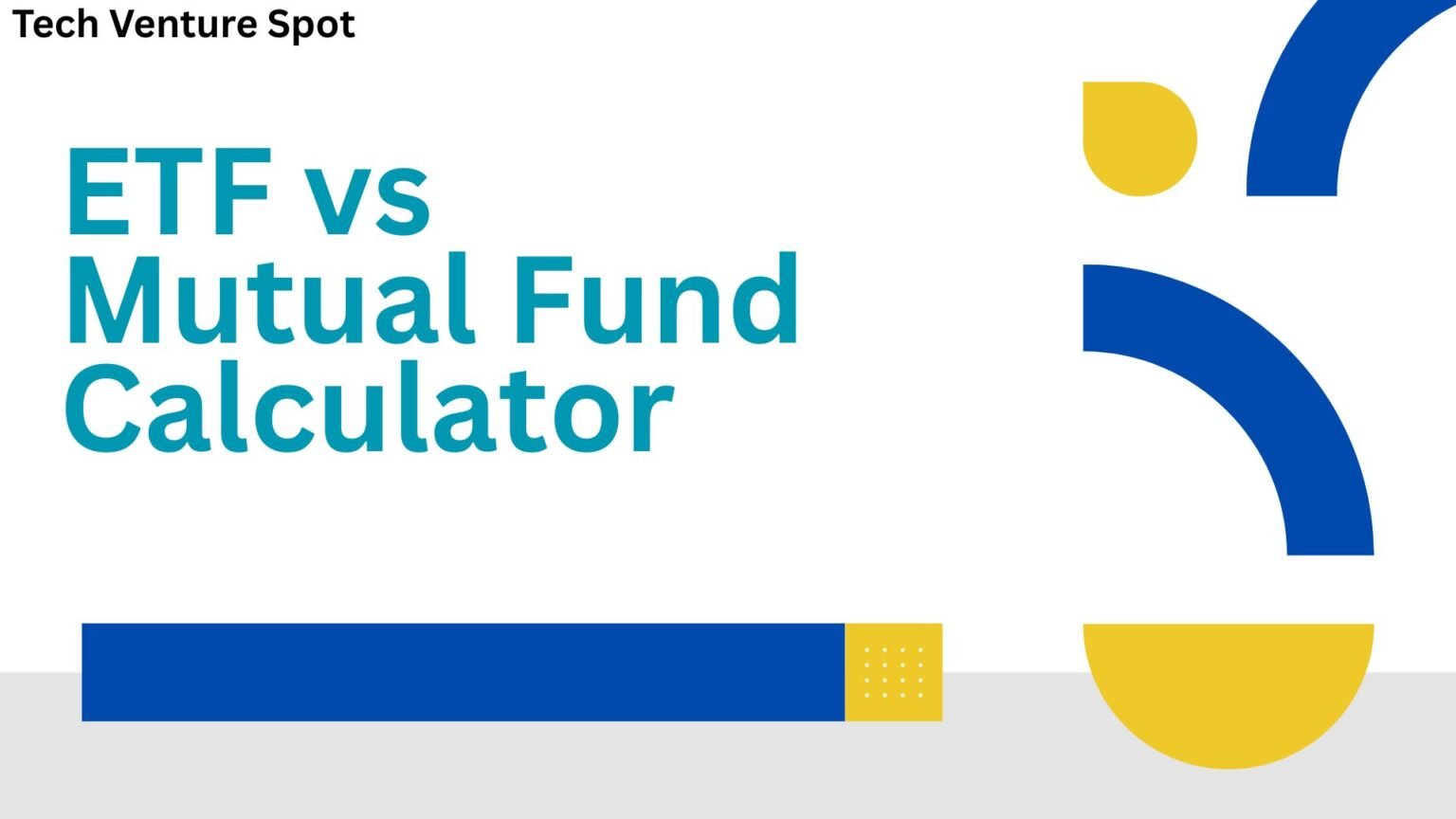Understanding Your Home Loan Affordability & Eligibility
Advanced Home Loan Affordability Calculator
I. Introduction: Here Begins Your Journey to Home Ownership
A. Welcome to the Home Loan Journey
Purchasing a home is thrilling — and the more you plan ahead, the less stressful it becomes. A home loan affordability calculator brings you from dreaming to planning by offering you a realistic overview of what you can actually afford now and how variations in choices (tenure, interest rate, deposit) alter your monthly payment.
B. What You'll Learn
The key factors lenders and calculators use when calculating the amount of loan you can qualify for. Learning about EMI mechanics shows how it affects your monthly budget. Real-life, real-world examples show how a home loan affordability calculator generates realistic results you can rely on.
Also Read: Balloon Payment Calculator
II. The Nature of Home Loan Affordability: Important Facts You Need to Know
A. What is Home Loan Affordability?
Home loan affordability is the size of the largest home you can borrow to pay off without cutting into your monthly cash reserves. To estimate a realistic home loan size, a home loan affordability calculator considers your income, current debts, down payment, and interest and term assumptions. To think about it properly, affordability is the amount of monthly cash available to you that can easily pay the EMI for the tenure you select, at a specified interest rate.
B. Critical Factors Affecting Your Financial Sustainability
1. Your monthly income forms the basis of your borrowing power. Lenders look at monthly income as the primary input. Banks primarily check your net take-home or adjusted income after taxes and standard deductions. A general thumb rule: keep total EMIs ≤ 40–50% of your take-home pay (security in lower). 2. Outstanding Financial Commitments: The Role of Debts Current EMIs (car loan, credit card dues, personal loan) decrease available space for a new home loan EMI. Always deduct them while checking affordability. 3. Down Payment: The importance of your down payment contribution. A bigger down payment reduces the loan amount, hence reducing the EMI. It can also increase your eligibility and could make interest rates lower for you. 4. Loan Tenure: How long you have to pay it back. Longer term → lower monthly EMI for the same amount (but higher total interest). Shorter term → higher EMI but lower total interest. 5. Interest Rate: The cost of borrowing Even minor rate movements shift EMI and total interest quite dramatically. Your home loan affordability calculator ought to enable you to test a variety of rate situations.
Also Read: Mortgage Calculator UAE
III. Using an Affordability Calculator: Your Smart Tool
A. What is a Home Loan Affordability Calculator?
It's a calculator that approximates: The amount of money you can afford to borrow, based on your income and financial obligations; or The EMI for a selected loan amount, interest rate, and tenure. Advantages: rapid simulation of situations, realistic costing, and self-assurance prior to implementation.
B. How to Use Our Calculator — Step-by-step
Enter your net monthly income. Enter existing monthly EMIs (if any). Enter the down payment you are able to pay (if estimating property cost). Choose an interest rate to study, for example, 8% or 9%. Select a tenure (years). Click "Calculate" — displays estimated EMI and highest possible loan.
C. Interpreting the Results
Estimated EMI: Amount you will pay every month for the amount entered and tenure. Maximum loan value: The estimated principal that the lender may approve based on your available EMI space. Property cost considerations: If you have a target property price, subtract down payment to get required loan and see if it's ≤ max loan amount.
IV. A Closer Look at Home Loan Eligibility
A. What Impacts Your Home Loan Eligibility?
Aside from income and EMIs, the lenders consider: Age and work history; stability is essential. Payment history and credit record. Employment type (salaried/self-employed) — self-employed applicants typically require more information and evidence of steady income. The lender's internal policy and risk appetite.
B. Increasing Your Eligibility
Increase down payment (lowers required loan). Pay off or redeem outstanding personal loans/credit card balances. Improve credit score (timely payments, lowered utilization). Formalize income (for small business owners, improved books and tax returns assist). Apply with a co-applicant (spouse/parent), if allowed.
V. Knowing Your Equated Monthly Installment (EMI)
A. What is EMI?
EMI = monthly payment that amortizes interest + principal. Every month interest portion is calculated on outstanding principal; principal portion increases throughout term of loan. EMI formula (practical form): EMI = P × r × (((1+r)^n) ÷ (((1+r)^n) − 1)) Where: P = amount of loan (principal) r = the monthly interest rate (annual rate ÷ 12 ÷ 100) n = total months (tenure in years × 12)
B. The EMI Calculator — A Quick Guide
Enter P, the annual rate, and n, and calculate EMI. Or solve the formula in reverse to calculate P if you know how much EMI you can afford.
VI. Real Life Case Studies: Actual Math, Actual Clarity
Here are three step-by-step real examples of how a house loan affordability calculator computes a maximum loan for a given available EMI. All calculations provided so that you can see the steps.
Case Study 1 — Young Professional (Higher income, negligible current EMI)
Inputs: Monthly take-home salary: ₹80,000 Current EMI: 5,000 Safe EMI cap utilized: 50% of salary → 0.50 × ₹80,000 = ₹40,000 Available EMI for new loan = ₹40,000 − ₹5,000 = ₹35,000 Assumed annual interest rate: 8.5% Tenure: 20 years → n = 240 months Step-by-step (formula inversion to get max principal P): Periodic rate r = 8.5 ÷ 12 ÷ 100 = 0.007083333333333334 (1 + r)^n = (1 + 0.007083333333333334)^240 ≈ 5.441242568904504 Numerator = EMI × (1 − (1 + r)^−n) = 35,000 × (1 − 1/5.4412425689) ≈ 28,567.65 P = Numerator ÷ r = 28,567.65 ÷ 0.007083333333333334 ≈ ₹4,033,079.39 Result: With an EMI of ₹35,000 at 8.5% for 20 years, the highest loan that can be supported ≈ ₹4,033,079 (~₹40.3 lakh).
Case Study 2 — Self-Employed (With higher income but with standing commitments)
Inputs: Mean monthly salary: ₹120,000 Current EMIs: ₹30,000 Safe EMI cap: 45% of income → 0.45 × ₹120,000 = ₹54,000 Available EMI = ₹54,000 − ₹30,000 = ₹24,000 Annual rate: 9.0%, Tenure: 15 years → n = 180 Calculation: r = 9.0 / 12 / 100 = 0.0075 (1 + r)^n ≈ 3.838043267478943 Numerator = 24,000 × (1 - 1/3.8380432675) ≈ 17,746.81 P = ₹17,746.81 ÷ 0.0075 ≈ ₹2,366,241.81 Outcome: Available EMI ₹24,000 → Maximum loan ≈ ₹2,366,242 (~₹23.7 lakh).
Case Study 3 — Conservative Buyer (Low income, no obligations)
Inputs: Monthly salary: ₹50,000 Current EMIs: ₹0 Safe EMI cap: 40% of income → 0.40 × ₹50,000 = ₹20,000 Annual rate: 8.0%, Tenure: 10 years → n = 120 Calculation: r = 8.0 / 12 / 100 = 0.006666666666666666 (1 + r)^n ≈ 2.219640234544711 Numerator = 20,000 × (1 − 1/2.2196402345) ≈ 10,989.53 P = 10,989.53 ÷ 0.006666666666666666 ≈ ₹1,648,429.62 Result: EMI available ₹20,000 → max loan ≈ ₹1,648,430 (~₹16.5 lakh).
Example: If you are seeking a ₹5,000,000 loan (EMI calculation) Inputs: P = ₹5,000,000; rate = 8.2% per annum; period = 20 years (240 months). Calculation (EMI formula): r = 8.2 / 12 / 100 = 0.006833333333333333 (1 + r)^n ≈ 5.126494349184062 EMI = P × r × (1+r)^n / ((1+r)^n − 1) ≈ ₹42,446.50 Hence, a ₹50 lakh loan at 8.2% for 20 years would be approximately ₹42,446.50 per month.
VII. The Next Step: Applying for Your Home Loan
A. Ready to Apply? Documents you'll usually need
Identification proof (Aadhaar, passport, etc.) Address proof (Aadhaar, passport, utility bills) Recent salary vouchers / bank statements / ITRs (for salaried / self-employed respectively) Proof of any outstanding EMIs or loans. Property papers (if for a property in the process of acquisition) Various lenders request slightly different paperwork — a properly prepared CLI (document checklist) simplifies approvals.
B. Our Promise to Your Financial Future
Pre-qualify with the home loan affordability calculator. It guides you to affordable options, prevents over-borrowing, and maximizes your strategy for a successful loan application.
Also Read: Best Compound Interest Calculator
VIII. Conclusion: Realizing Your Dream of Home Ownership
Critical understanding A home loan affordability calculator transforms estimates into reality: discover your EMI ceiling and the loan it can finance. The key levers that you can play with are your monthly income, current EMIs, down payment, tenure, and interest rate. Apply conservative EMI rates (40–50% of take-home income) to feel comfortable and minimize financial pressure. Enhance eligibility by lowering debt, raising down payment, and enhancing credit behavior. Get the best out of our home loan affordability calculator today. Just enter your exact numbers, work through the case studies that we showed above with your own numbers, and have a clear, actionable plan for your home purchase.
FAQs
What is the safe percentage of my income I should use for EMI?
Most advisers recommend using 40–50% of your take-home income as a conservative cap for total EMIs.
Can I increase my eligibility quickly?
Yes — by increasing down payment, reducing outstanding loans, improving credit score, or applying with a co-applicant.


